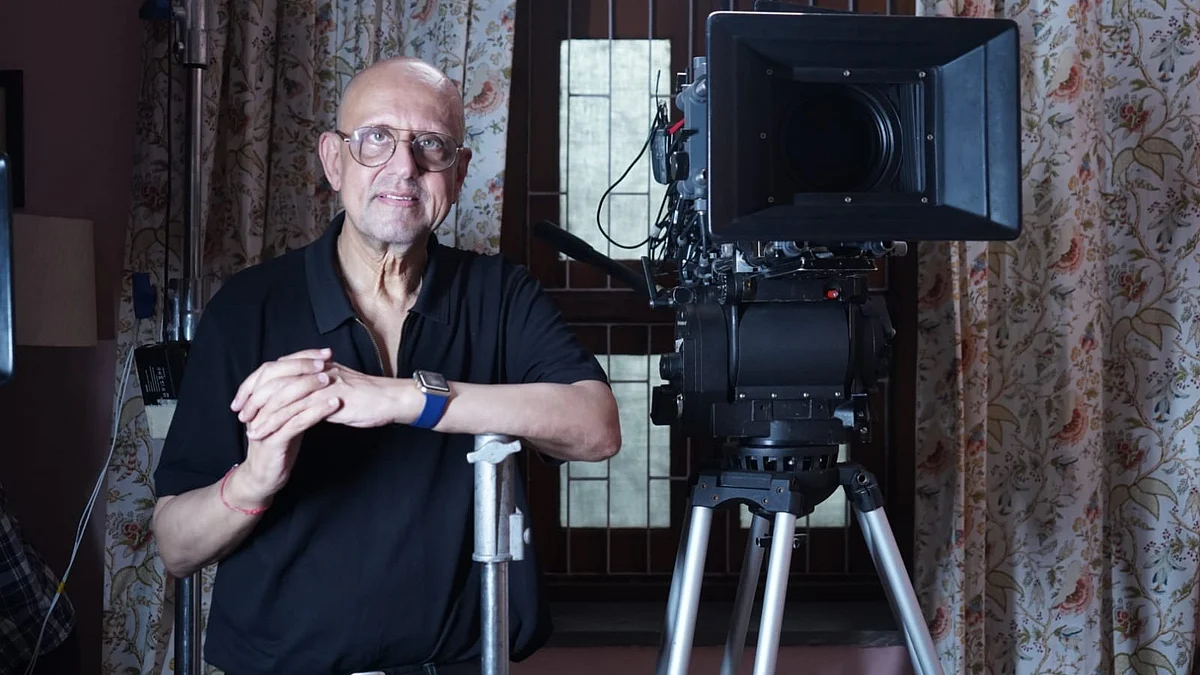The Book of Changes has 64 short stories that are interpretations of the I Ching Hexagrams. Swiss psychologist Carl G. Jung the creator of analytical psychology has written an in-depth foreword to a few modern Chinese occult texts including one on I-Ching by Hellmut Wilhelm which I have referred to for getting some facts right here.
An unspoken rule of the Yi Jing or the Book of Changes is that every thought, word and act is essentially an act of give and take. If you think of it, it is not possible to survive without give and take, including the air we breathe or the unconditional love we receive from nature.
Give and take includes sharing thoughts, words and deeds and of course business transactions.

If one assumes that everything is a “business” then the interpretations of the I Ching Hexagrams would essentially be about one’s relationship to one’s ‘work’. That’s why you ask the I Ching for clarity and guidance like you would an elder for the work of give and take in this world. It seems to be the Chinese version of the Gita’s gyan in metaphors telling us that if you sow an apple seed, it would yield an apple tree.
Crux of the Book
The Yi Jing could be comparable to a crash course in moral education. The divination literature has no sign of any ritualistic or religious dogmas, nor does it lead to any fear-induced paranoid actions; rather it is full of natural’s law driven mild suggestions full of metaphors in mysterious stories mostly guided by the principles of the 5 basic Chinese elements. *(Chinese elements include fire, earth, metal, water, wood and fire).
What is a Hexagram in I Ching?
A Hexagram is formed when a specific number of yarrows or coins are tossed for a particular number of times. They are cast as heads or tails and this is recorded in the form of a Hexagram of 6 lines. The lines are read or interpreted according to the corresponding lines and spaces, mostly in terms of connectedness at specific places and spaces between them.
Energy Principle of the I Ching
Heads represents the yang or the male principle and tails represents the yin principle. The I Ching speaks of the merging of two opposite forces, almost like the squared version of the yin and the yang. A unifying spiritual force assimilating the opposites to form one powerful story of relatedness. Every reading is a story that is rich in metaphors and aids reflection on life circumstances. Yarrow sticks or coins tossed six times could answer a question held in your mind or simply comment on your present.

My Engagement with the I Ching
My pleasure of astrology could culminate in I Ching, or begin with connecting to the I Ching. Like the solar system has 9 planets, 7 colours of rainbow, 9 rasa, 9 precious ratna, 7 swara and 7 chakra in the human body, according to my vision there is a synergy in the 7 chakra matching the lines and spaces as depicted in the Hexagrams and revealed in the circumstances described with the metaphor-rich interpretations of the Hexagrams — almost like a statistical average that AI comes up with called the algorhythms. So, the Hexagram is a standardized chakra algorhythm for me. I try to interpret these 64 Hexagrams keeping the Indian context and principles of nature in mind with great results. For a more practical application, one could follow these for business too. The I Ching gives clear-cut guidelines for the successful running of a business enterprise. In fact I find the Book of Changes almost like a crash course in behavioural, industrial, social psychology.

Why I Ching ?
I Ching is used to find answers to questions. So, if you are a satisfied and contented soul who has no questions, you will not find the I Ching, instead you would be living it without even knowing it existed!

Healing & I Ching
I Ching speaks through nature. Our body is our nature and in the performing arts, we use our body to express 9 ras in sync with the 7 swara intertwined with the 7 families of tal through the body that holds the 7 chakra.
Notice a simulation at some point where nature metamorphosizes from external to internal and diagnosis from symptoms to an insightful cause and metaphors seem to easily transcend to human physiology with references to human or animal tissues, glands and the movement of various liquids, hormones, gases or even reveal states of internal organs and corresponding natural phenomena. “Movements” is a key word in I Ching which means marked changes and reveals paths. Paths do come to an end and ends herald beginnings. For auspicious beginnings the connect between language, astrology, cosmology, naturopathy, healing, dance, movement, energy, medicine, music art… is circularly established with the grace of the I Ching.
(The writer is a book editor, Reiki & Naturopathy practitioner)











